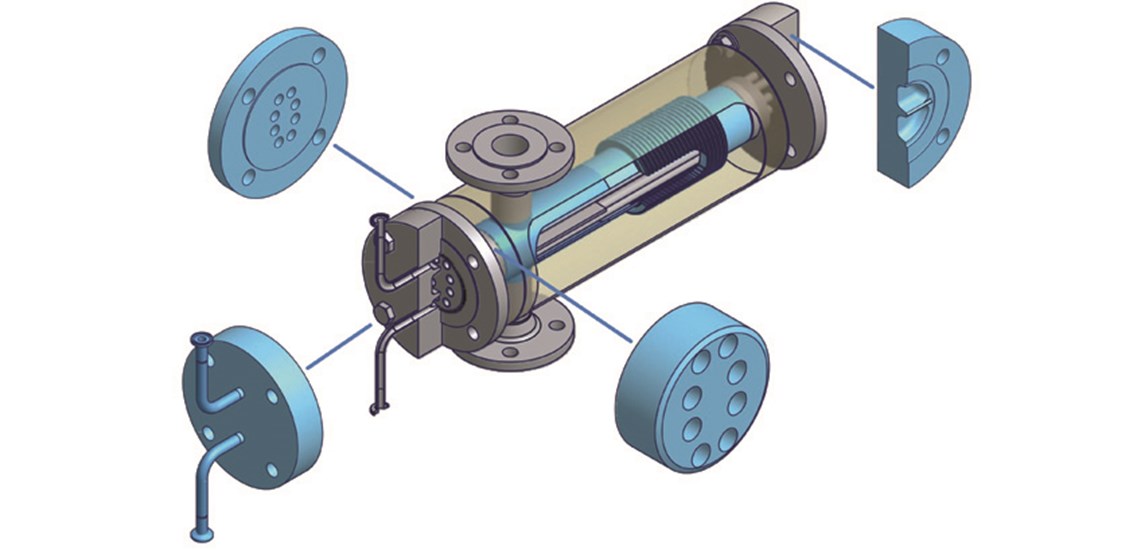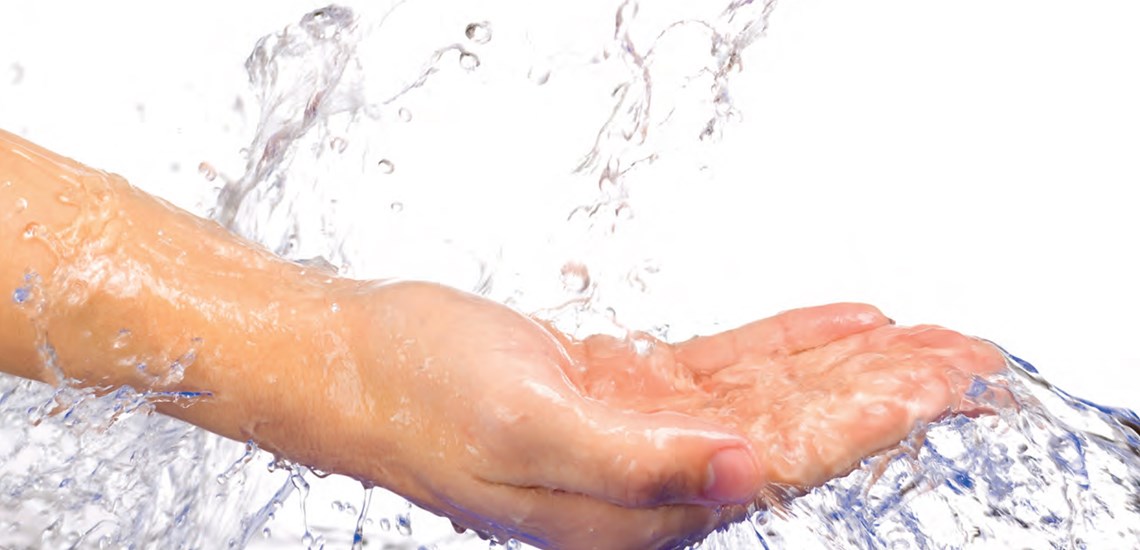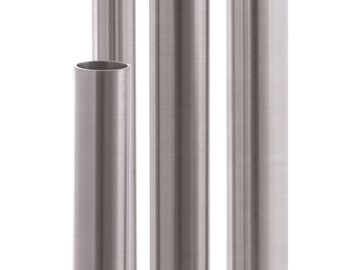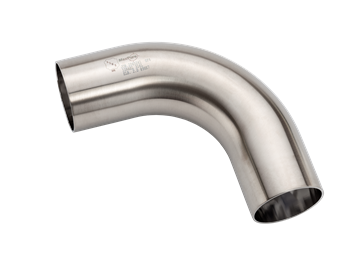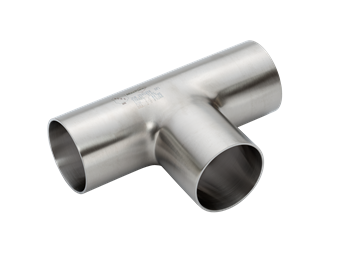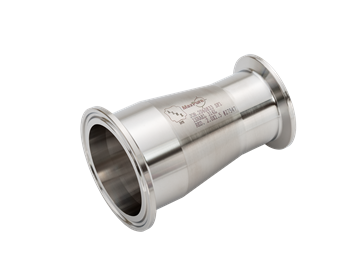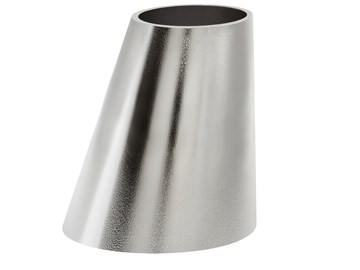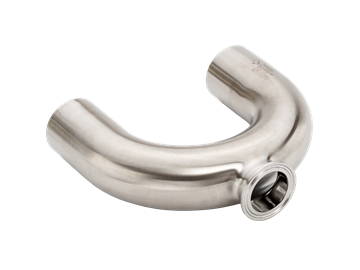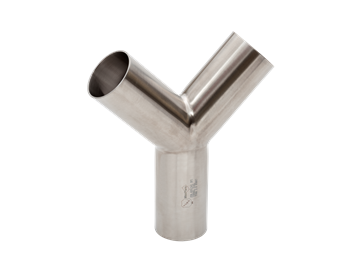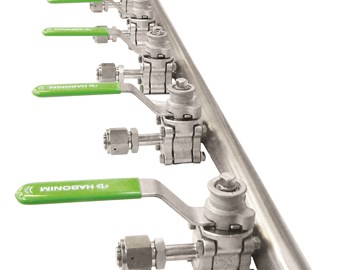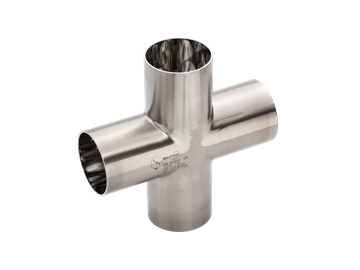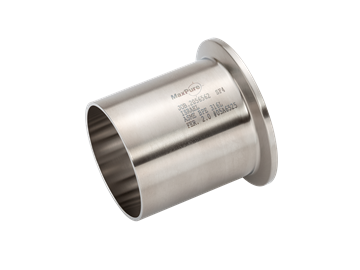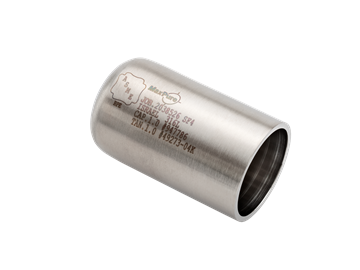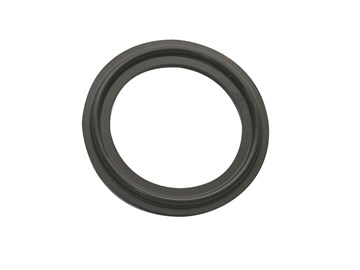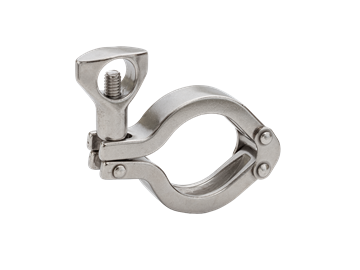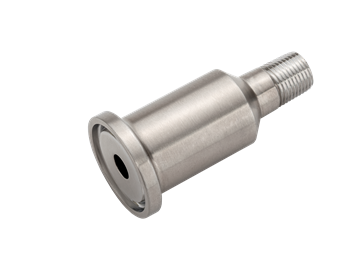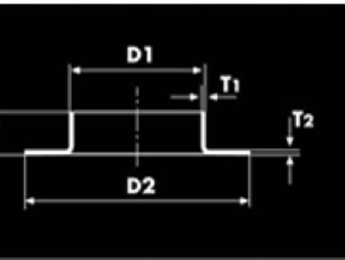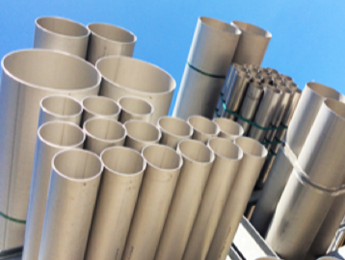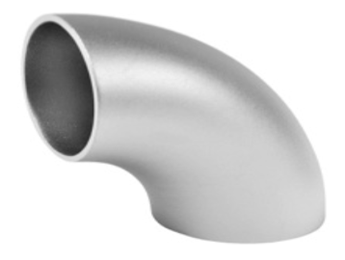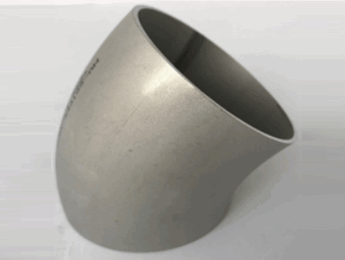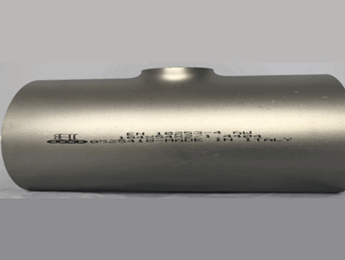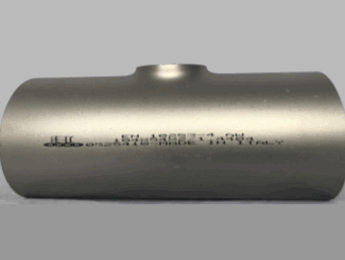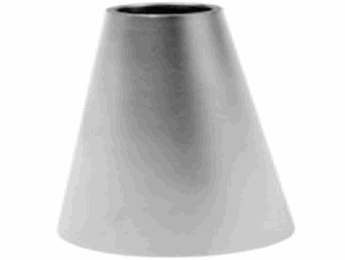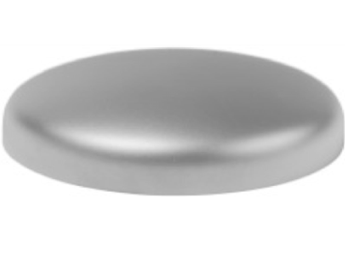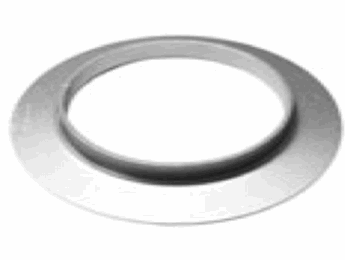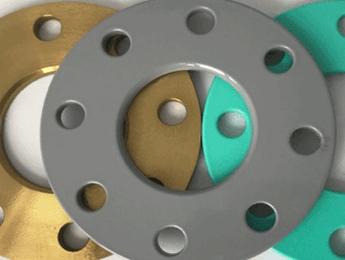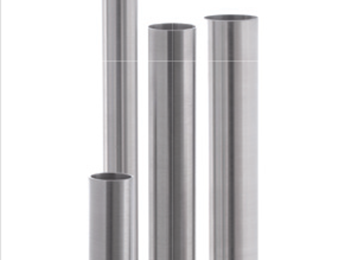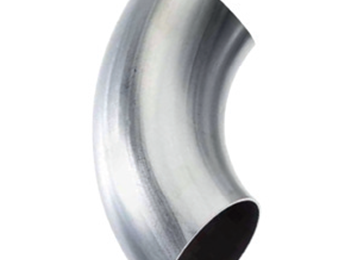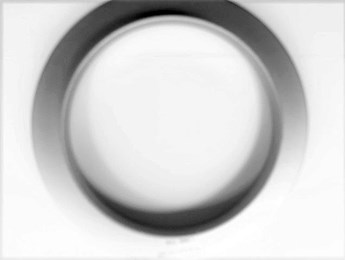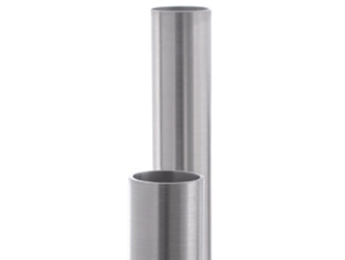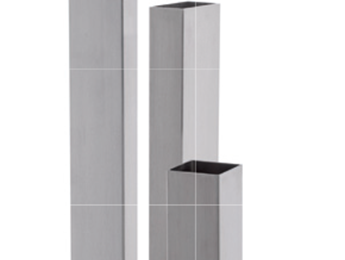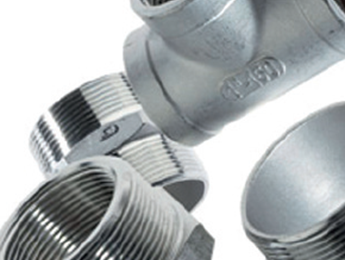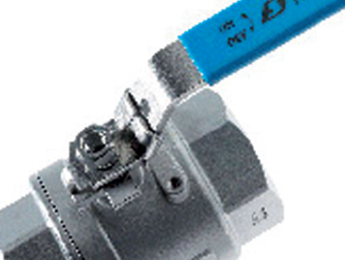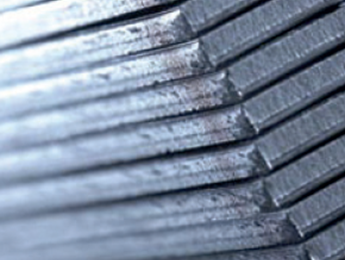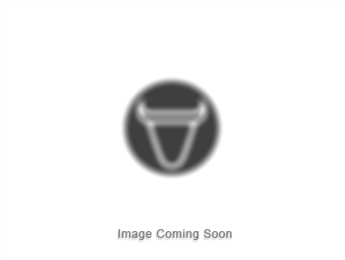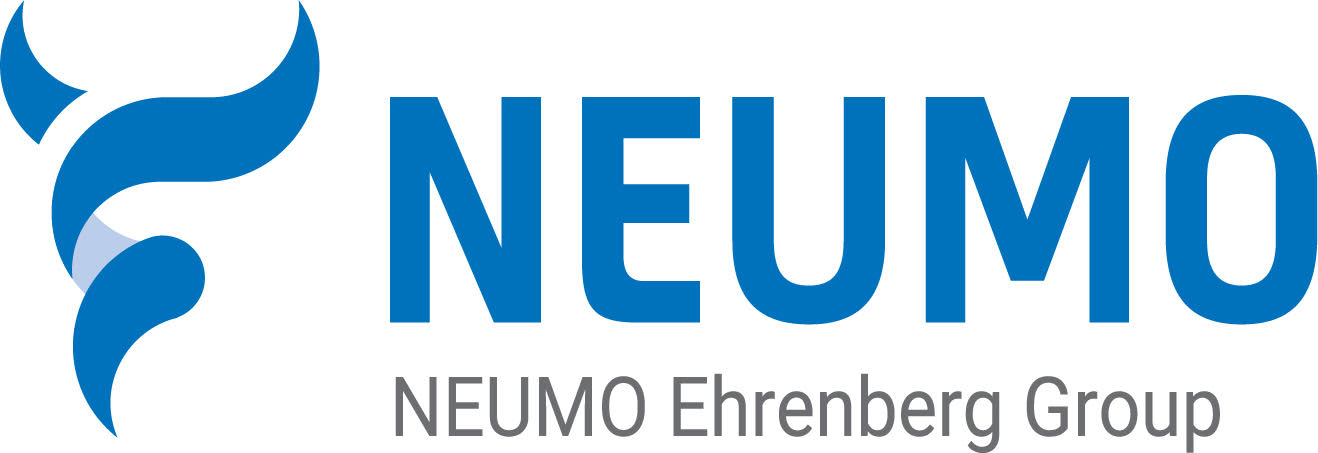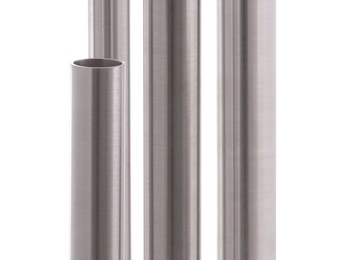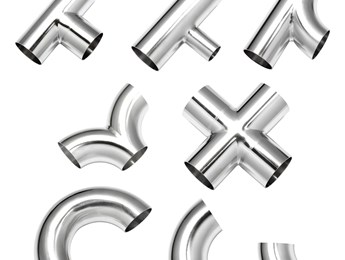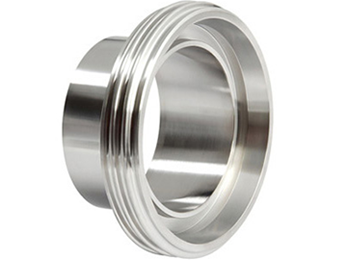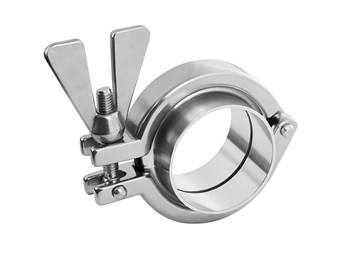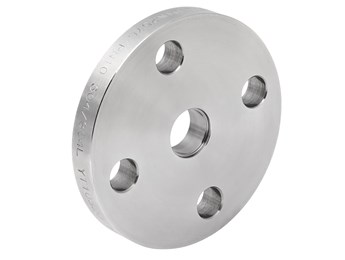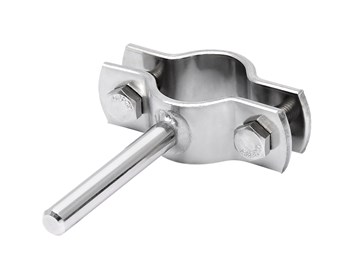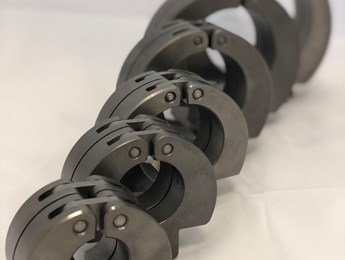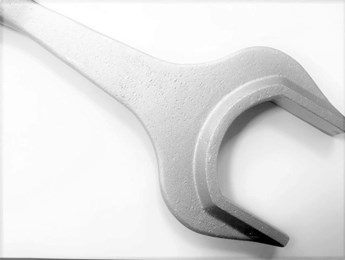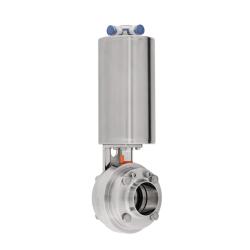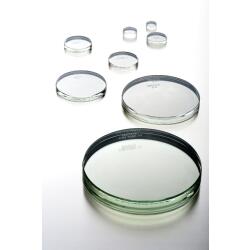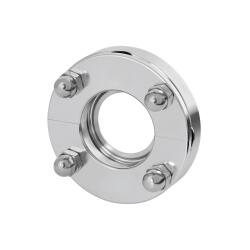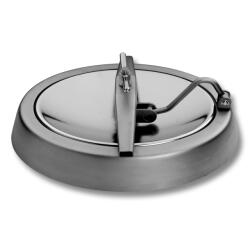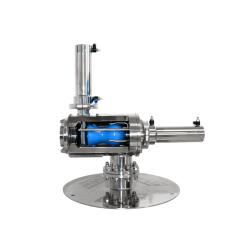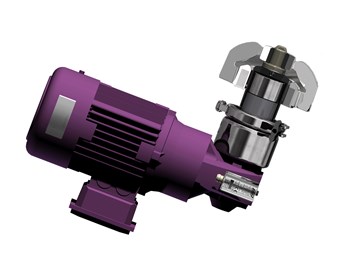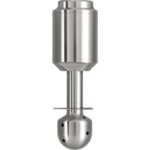AWH Cleaning Technology – Efficient Selection for Greater Profits
During these challenging times for many Brewing businesses, it makes good sense to evaluate all avenues where costs can be reduced.
Vessel cleaning, essential in Brewing, Winemaking & Distilling, is costly in many ways including water, chemicals, energy, effluent treatment, and time.
Selection of the right equipment at the original planning or upgrade stage of a plant can be crucial both in capital cost and long-term running costs.
When looking at cleaning technology for CIP often there are only two questions on a prospective buyer’s lips, will it clean my tank and how much does it cost? Advancements in cleaning technology however, now mean that we are not just able to clean a customer’s tank but also save them time and money in the process.
There are three basic types of technology, static spray balls, single axis rotating and dual axis rotating. Each has their merits, and it is through the correct selection of the type of equipment used that we are able to produce savings for our customers.
To understand how selecting the correct equipment can save money we first need to understand the mechanics of how a vessel is cleaned. There are four inter-dependant factors which influence the result of a CIP cycle and in 1959 Dr Herbert Sinner combined these into what is now referred to as Sinner’s Circle.

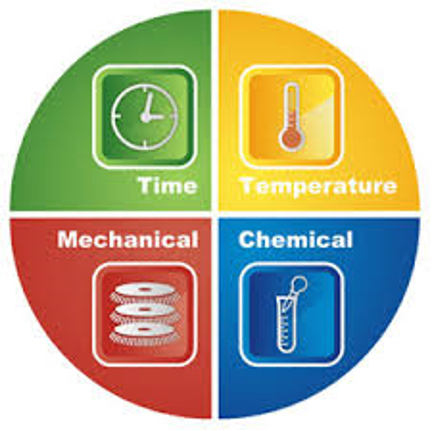 As we can see from the graphic, Sinner identified the four key elements of cleaning to be Time, Temperature, Chemical and Mechanical Action. Sinner recognised that by increasing one factor we can make savings on one or more of the remaining factors. When looking at any CIP cycle the costliest elements are generally Time (lost production time), Temperature (energy required to heat cleaning liquids) and the Chemical or cleaning liquid itself (both in terms of the cost to buy the liquid and equally, in today’s climate, the cost of effluent treatment).
As we can see from the graphic, Sinner identified the four key elements of cleaning to be Time, Temperature, Chemical and Mechanical Action. Sinner recognised that by increasing one factor we can make savings on one or more of the remaining factors. When looking at any CIP cycle the costliest elements are generally Time (lost production time), Temperature (energy required to heat cleaning liquids) and the Chemical or cleaning liquid itself (both in terms of the cost to buy the liquid and equally, in today’s climate, the cost of effluent treatment).
AWH Cleaning Technology focuses on the fourth factor, Mechanical Action. Mechanical Action is the physical force used on the soiled area and with minimal investment in moving from one type of equipment to another it is possible to greatly increase productivity while reducing running costs significantly.
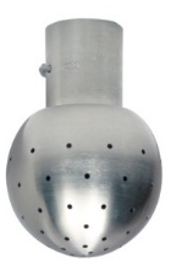 The oldest, and currently most common, type of technology used is the Static Spray Ball. With no moving parts and proper care, it is (potentially) maintenance free and, coupled with low investment costs, it is often the first choice of both vessel manufacturer and end user alike.
The oldest, and currently most common, type of technology used is the Static Spray Ball. With no moving parts and proper care, it is (potentially) maintenance free and, coupled with low investment costs, it is often the first choice of both vessel manufacturer and end user alike.
Operating at low pressure and with high flow requirements the cleaning function of a Static Spray Ball is to produce points of impact on the vessel walls (where the jets from the holes hit) but we rely on the volume of liquid running down the sides of the tank (a free-falling film) for the majority of the clean. This leans the suitability of Static Spray Balls more towards smaller vessels, as less overall volume of cleaning liquid is required to cover the tank walls, and easily removed soils (such as light liquids) as less mechanical action is required to remove them.
As vessels increase in size or soiling becomes more difficult to remove, we begin to look at single axis rotating cleaners like the AWH TANKO® S Series.
TANKO S Series
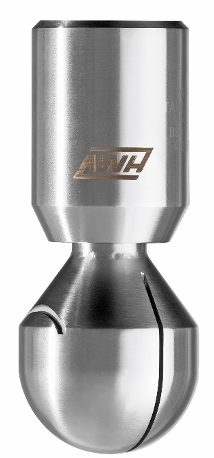 While still operating at low pressure single axis rotating devices step up the level of Mechanical Action. The cleaning is carried out by a series of high energy droplets, generated by fast rotation and precision cut slots, impacting instantly and repeatedly against the soiling on all surfaces. Relating back to Sinner’s Circle we are now adding more energy to the cleaning action, so we are able to reduce both the amount of cleaning liquid needed (as it is used more efficiently) and often also the length of time required for cleaning. This relates in a direct cost saving for our customers.
While still operating at low pressure single axis rotating devices step up the level of Mechanical Action. The cleaning is carried out by a series of high energy droplets, generated by fast rotation and precision cut slots, impacting instantly and repeatedly against the soiling on all surfaces. Relating back to Sinner’s Circle we are now adding more energy to the cleaning action, so we are able to reduce both the amount of cleaning liquid needed (as it is used more efficiently) and often also the length of time required for cleaning. This relates in a direct cost saving for our customers.
As an example of this a study was carried out at one of the largest and most renowned German breweries who had exchanged large Static Spray Balls in 76 of their 700 m3 fermentation vessels for AWH TANKO® S50 rotating heads.
After extensive testing they achieved a 38% reduction in cleaning (lost production) time, a 58% reduction in fresh water consumption (and so also 58% reduction in the amount of effluent they had to treat) as well as 39% reduction in caustic needed. In total this translated into a saving of €51.60 per tank, per CIP. The payback period per tank by changing technology was under 10 CIP cycles.
The AWH Tanko MX Series
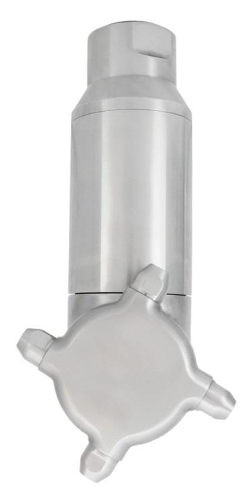 When considering larger tanks (typically >5m diameter) and heavy levels of soiling often the most effective technology is multi axis jet cleaners. This type of equipment is slow rotating and builds up its wash pattern over a certain period of time. Although more costly from a capex point of view than the previous technology examples, their efficient use of the cleaning fluid and high level of Mechanical Action mean considerable savings on time and chemicals can be made. As an example, the AWH TANKO® S50 will clean tanks up to 6 meters in diameter but at 3 bar requires 15m3/h flow to do so. The AWH TANKO® MX125 multi axis jet cleaner will clean the same size tank at a pressure of 5 bar but will only require 4m3/h to do so.
When considering larger tanks (typically >5m diameter) and heavy levels of soiling often the most effective technology is multi axis jet cleaners. This type of equipment is slow rotating and builds up its wash pattern over a certain period of time. Although more costly from a capex point of view than the previous technology examples, their efficient use of the cleaning fluid and high level of Mechanical Action mean considerable savings on time and chemicals can be made. As an example, the AWH TANKO® S50 will clean tanks up to 6 meters in diameter but at 3 bar requires 15m3/h flow to do so. The AWH TANKO® MX125 multi axis jet cleaner will clean the same size tank at a pressure of 5 bar but will only require 4m3/h to do so.
Having said this it is not always the case that a multi axis jet cleaner is the best solution. It is important to consider the nature of the soil you are trying to remove. A 5m diameter tank with a light soil type may be cleaned quicker with a fast-rotating single axis cleaner (which instantly covers the surfaces) than a slower rotating multi axis jet cleaner. It is important to identify the cross over in realised value between time taken and flow rate per hour required.
Tanko JX Series
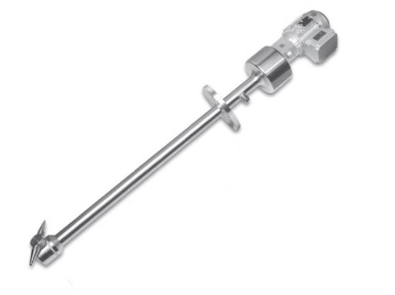 Cleaning technology is most commonly operated / driven by the cleaning liquid flowing through it. Further efficiencies can also be made by using an externally driven jet cleaner. These are usually driven by either an electric motor or by compressed air such as the AWH TANKO® JX range. As these jet cleaners are not relying on a certain volume of water to drive them flow rates are often much lower than conventional media driven jet cleaners. At 5 bar pressure the media driven AWH TANKO® MX125 with 4mm nozzles requires 4m3/h flow rate whereas comparably the externally driven TANKO® JX70 at the same pressure only requires 1.25m3/h.
Cleaning technology is most commonly operated / driven by the cleaning liquid flowing through it. Further efficiencies can also be made by using an externally driven jet cleaner. These are usually driven by either an electric motor or by compressed air such as the AWH TANKO® JX range. As these jet cleaners are not relying on a certain volume of water to drive them flow rates are often much lower than conventional media driven jet cleaners. At 5 bar pressure the media driven AWH TANKO® MX125 with 4mm nozzles requires 4m3/h flow rate whereas comparably the externally driven TANKO® JX70 at the same pressure only requires 1.25m3/h.
In summary selecting the correct cleaning technology is not always a straightforward process. The above are examples of the types of technology available to users but even within these 3 basic groups there are many variations on a theme, with each variation serving some specific condition. It is easy enough to choose a cleaner based on tank size and price but without taking into consideration the large number of other aspects of a cleaning application the chances of selecting the best suited equipment are slim, and a golden opportunity to boost profits may be lost.
It is this holistic approach to appraising a cleaning application which we specialise in that allows AWH Cleaning Technology to achieve tangible cost savings and process optimisations for our customers.
Made in Germany, used Worldwide
Neumo UK Ltd is 100% owned by AWH (Armaturen Hötensleben) GmbH and stock and distribute AWH products here in the UK.
